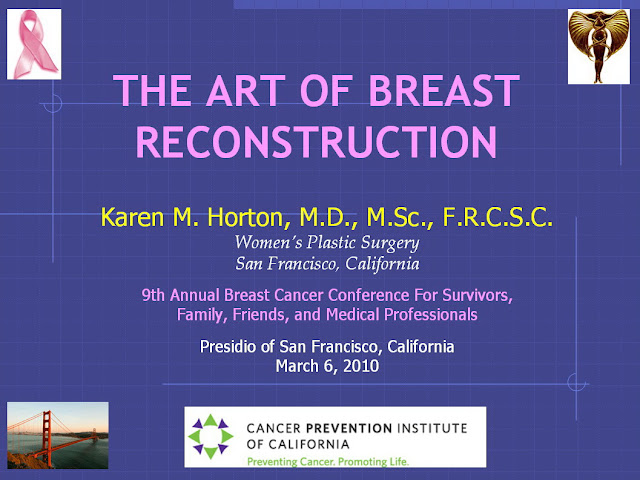Nation’s Surgical Groups Survey Members on Medicare Participation
March 26, 2010
The survey reveals that while 96 percent of respondents currently participate in Medicare, less than one-third of them will be able to remain as Medicare participating physicians. In addition, respondents indicated that practical realities will force them to stop providing certain services, reduce staff, defer the purchase of new medical equipment, and/or reduce time spent with Medicare patients. Thirty-seven percent said they will change their status to nonparticipating, and another 29 percent said they will opt out of the Medicare program for two years and contract privately with Medicare patients.
When asked, “If Medicare reimbursement to physicians is cut by over 21%, what changes to your Medicare participation status do you plan to make?” Respondents answered:
- 37 percent will change their status to nonparticipating
- 31 percent plan on remaining a Medicare participating physician
- 29 percent will opt out of Medicare for two years and privately contract with Medicare patients
- 3 percent will remain a Medicare nonparticipating physician
- Limit the number of Medicare patient appointments (69%)
- Reduce time spent with Medicare patients (47%)
- Begin referring complex cases (46%)
- Stop providing certain services (45%)
- Defer purchase of new medical equipment (44%)
- Reduce staff (43%)
- Defer purchase of information technology (32%)
- Significantly reduce workload/hours (17%)
- Shift services from office to hospital (16%)
- Discontinue rural outreach services (9%)
- Close satellite offices (8%)
- Discontinue nursing home visits (6%)
- Retire (4%)
Physician participation is the foundation of a sustainable and functional Medicare program -- now and into the future. Therefore, the Surgical Coalition believes it is crucial that Congress pass legislation to permanently repeal the SGR to prevent the further declines in Medicare payments and to replace the flawed formula with a system that is reasonable and that will lead to a more workable reimbursement system.
The Surgical Coalition includes the American College of Surgeons and 22 other medical organizations and represents 240,000 surgeons and anesthesiologists.
The survey was conducted during February 2010. The nearly 14,000 surgeons and anesthesiologists who responded represented the following specialty areas: Anesthesiology, Cardio-Thoracic Surgery, Colon and Rectal Surgery, Facial Plastic and Reconstructive Surgery, General Surgery, Neurosurgery, OB-GYN, Ophthalmology, Oral and Maxillofacial Surgery, Orthopaedic Surgery, Otolaryngology – Head and Neck Surgery, Pediatric Surgery, Plastic Surgery, Urology, and Vascular Surgery.







